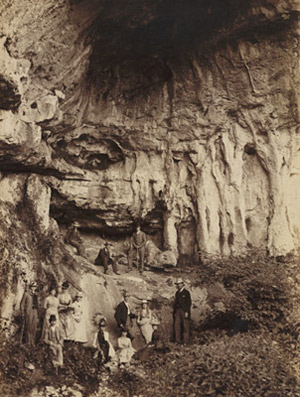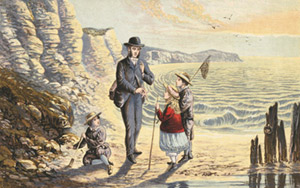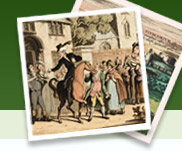‘Fellow Naturalists and Travellers’: Science, Technology and TravelFor some, the pursuit of science demanded travel. Field naturalists and geologists travelled throughout Great Britain to produce comprehensive surveys, or made local excursions to particular areas. Visitors from abroad came to carry out their own studies, or to comment or spy upon the science and technology they observed. In the case of the Astronomer Royal Nevil Maskelyne’s trip to Scotland to determine the earth’s density in 1774, the landscape itself was used as a scientific instrument. New technologies afforded new ways of making journeys or observations, as demonstrated by the ‘etherial trav’ller’ Vincent Lunardi’s aerial voyages by balloon. Scientific tourism and trips to ‘cabinets’ or museums were popular pursuits, and the nineteenth century saw the vogue for the natural history ramble and the Saturday half-day holiday excursion - often seen as a means of escape from the city to the restorative world of nature. 
An expedition led by Thomas McKenny Hughes, Woodwardian Professor of Geology at Cambridge, to Cave Ha near Giggleswick, north Yorkshire, 23 June 1889. MS Add. 9557/2 P/1 
‘On the sea shore’, the frontispiece to the Revd W. Houghton, Sea-side walks of a naturalist with his children, London, 1870. MA.26.5 |

